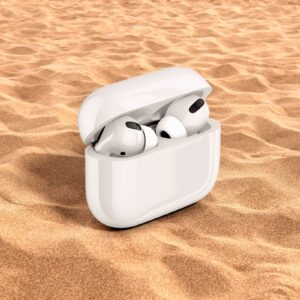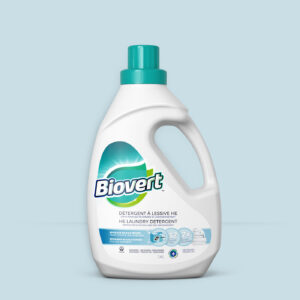
Fabric softener formulation
Fabric softener formulation has become an essential part of modern laundry routines. They provide an opportunity to keep clothing fresh and clean and easy to handle. The exact fabric softener formula that can make this happen.This article goes deep into the chemical composition, components and production of fabric softeners to help you to understand the process of the making of this common product.
The fabric softener formulation liquid or sheet-based product that is used in the cycle of washing to soften clothes, decrease static cling, and provide pleasant scent encases fabric fibers in oils that help them feel silkier and less friction.
Importance of Fabric Softener
- Increases the softness of fabric
- Reduces static electricity
- Increases the longevity of clothing
- Fresh scents are added to clothes
- Increases the efficiency of ironing
Types of Fabric Softeners
Liquid fabric softeners
added in the process of washing.
Dryer sheets
put in the dryer along with clothes.
Crystals for Fabric Softener
dissolve in water after washing.
Eco-friendly Softeners
Made from organic ingredients and biodegradable substances.
Key Ingredients in Fabric Softener Formulation
| Ingredient | Function |
| Cationic Surfactants | Soften fabric by slapping fibers |
| Emulsifiers | Mix ingredients thoroughly |
| Fragrances | Create a pleasant smell |
| Preservatives | Stop the growth of microbial |
| Water | Solvent/base for formulation |
| Colorants | Improve the visual appeal |
| Antistatic Agents | Reduce the static Cling |
| pH Adjusters | The formulation should be balanced. |
The Science Behind Fabric Softening
Fabric softeners operate primarily via the cationic surfactants, positively charged substances that bond to negative charged surfaces of the fabric. This forms a lubricated surface that decreases friction among fibers which results in more comfort with less static electricity.
Detailed Fabric Softener Formulation
A typical formulation for fabric softeners could be shaped like:
Exemple (per 100g formulation)
- 5-15% Quaternary Ammonium Compounds (e.g., Distearyldimonium Chloride)
- 1-3% Fatty Alcohols (e.g., Cetearyl Alcohol)
- 0.5-1% Emulsifiers (e.g., PEG-40 Hydrogenated Castor Oil)
- 0.2-0.5% Preservatives (e.g., Methylisothiazolinone)
- 0.5-1% Fragrance
- <0.1% Colorant
- q.s. Water to 100%
How to Make Fabric Softener at Home
DIY Natural Fabric Softener Recipe
- 2 Cups white vinegar
- 2 cups of distilled water
- A few drops essential oil (e.g. lavender, Eucalyptus)
- Optional Optional: 1 tablespoon baking soda.
Industrial Fabric Softener Production
Blending Tanks
Raw ingredients are added in order.
Heating process
Certain ingredients require heating in order to melt.
High-Shear Mixing
Ensures uniform consistency.
Filtration
removes all undissolved particles.
Filling and packaging
The product is packed with bottles. It is labeled and packaged.
Safety and Environmental Impact
Biodegradability
The majority of traditional softeners are made of non-biodegradable substances.
Skin sensitivities
Certain preservatives and fragrances may cause irritation.
eco Alternatives
Plant-based softeners and dryer balls made of reusable material provide safer, more sustainable options.
Benefits of Using Fabric Softener
The softness of clothes is enhanced by fluffier and soft
Reduces drying time
Reduces wrinkles
It also provides a long-lasting scent
Enhances the durability of fabric
FAQ
What is the best softener for all fabrics?
No, do not use it on fabrics that are flame-resistant, moisture-wicking or microfibers.
What amount of fabric softener do I need?
Follow instructions on the label. Typically 1/4-1/2 cup for each load.
Is a homemade fabric softener just as effective as commercial products?
Homemade alternatives are more gentle, but they may not have antistatic or fragrance longevity.
Do fabric softeners pose a risk for the septic tank?
A: Choose the biodegradable, septic-safe formulas.
Where should I store my fabric that softens?
In a dry, cool place far from direct sun.
Conclusion
Knowing the formula for fabric softeners will allow you to make more intelligent, safer and more sustainable choices for your laundry. No matter if you’re a DIYer or a formulation scientist, knowing the basis of fabric softeners enables better decisions. From quaternary ammonium compounds, to vital oils. The mix of function and fragrance is the characteristics that make our clothing feel and smell wonderful.





